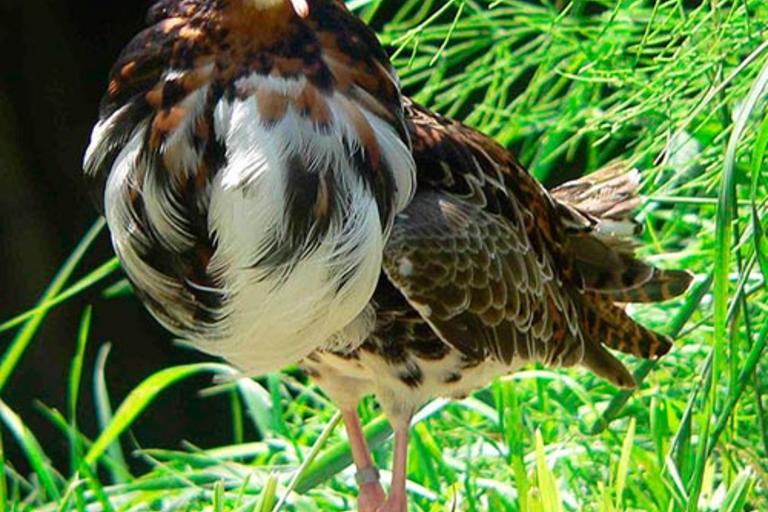
Introduction
Most wading birds eat small invertebrates which they catch in the mud or on land and have evolved different length beaks depending on what food they obtain so they do not compete with other species.
These birds are connected to wet areas, such as marshes, lagoons or sea coasts, and also riversides.
Many of these species have sensitive nerve endings at the tips of their beaks so they can detect their prey buried in the mud.
Some examples of wading species that can be found in the area are godwits, ruffs (photo), stilts (these sometimes nest in the rice fields), ortolan buntings, plovers and lapwings, which can be seen in their thousands in winter.
Images not available